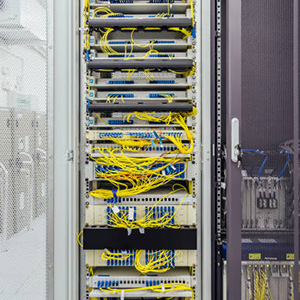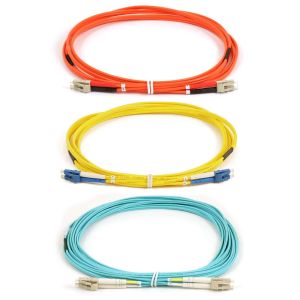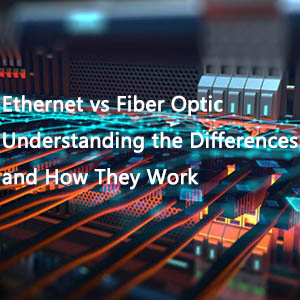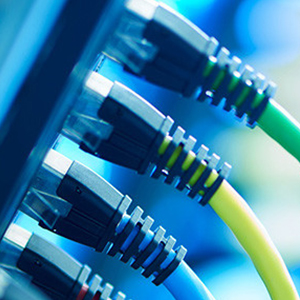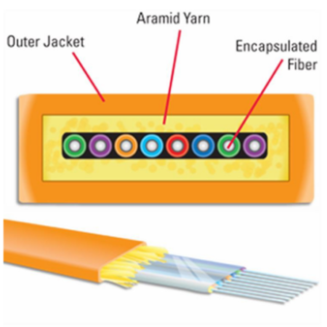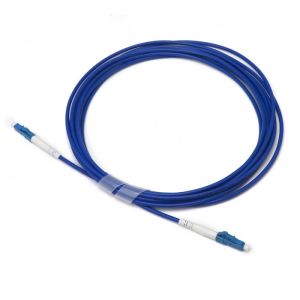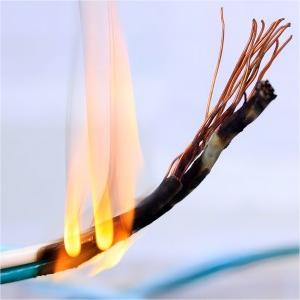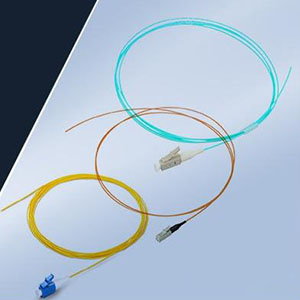Fiber polarity is a critical element in any fiber optic network. Essentially, polarity refers to the alignment of the signal transmitted by a fiber optic link at one end of the cable with the corresponding receiver at the other end. While this concept may seem straightforward, it becomes more complex with multifiber cables and MTP®/MPO connectors. Universal polarity MTP®/MPO fiber cassettes are the suitable solution to address this issue.
Why Use Universal Polarity Fiber Cassettes
Compared to previous fiber polarity methods A, B, and C, universal polarity offers a simpler way to manage polarity. Methods A and B require different components, patch cables, and cassettes, respectively. Method C allows for the use of single patch cables and cassettes but lacks flexibility for migration or direct transceiver connect applications. Using universal polarity fiber cassettes at both ends of a Method B MTP®/MPO trunk reduces the complexity of the fiber network, ensuring consistent MTP®/MPO polarity, and streamlining network maintenance. The following chart provides a simple explanation of the differences between the four general fiber polarity methods: FHD® (Fiber-Life High Density) MTP® cassettes also utilize US Conec MTP® adapters and Corning fiber, while LC ports adopt zirconia ceramic sleeves to ensure consistent low loss. This article provides information on Universal Polarity in MTP® Cabling Systems.
| Method A | Method B | Universal | Method C | |
|---|---|---|---|---|
| Cassettes | Same | Different | Same | Same |
| Trunks | Straight Through | Ferrule Flipped | Ferrule Flipped | Pair Flipped |
| Fiber Patch Cables | Different | Same | Same | Same |
Application of Universal Polarity MTP® Cassettes
Universal polarity MTP® cassettes with 8, 12, or 24 fibers are widely used for managing fiber cables in data centers or enterprise cabling. Fiber-Life introduced universal polarity MTP®/MPO cassettes with 8, 12, or 24 fibers to simplify duplex fiber polarity management for technicians. The following two examples demonstrate a 25G to 25G connection and a 40G to 10G breakout application using Fiber-Life MTP®/MPO universal polarity optical cassettes.

MTP®-12 cassette used in 25G trunk cabling
12-Fiber MTP® Cassette in 25G Connection
Figure 1 illustrates a 25G to 25G connection using Fiber-Life universal polarity MTP®/MPO to LC fiber cassettes, 25G network switches, SFP28 fiber transceivers, MTP® cables, and LC fiber patch cables. The two 25G fiber switches are deployed separately at Site A and Site B. 25G transceivers are inserted into the switches to link LC single-mode fiber patch cables (A to B polarity). Then, the LC fiber patch cables on both sides are connected to universal polarity MTP®/MPO 12 to LC cassettes installed on each fiber enclosure. A single MTP® type B OS2 fiber is used to connect the two MTP®-12 cassettes. This approach allows the same patch cables and cassettes to be deployed on both ends, simplifying network cabling deployment while ensuring consistent MTP®/MPO polarity.

MTP®-8 cassette used in 40G to 10G connection
8-Fiber MTP® Cassette in 40G to 10G Connection
The MTP®-8 cassette features one rear 8-fiber MTP® port connection and four duplex LC ports at the front. As shown in the following figure, the cabling solution employs a type B MTP® trunk cable connected to a 40G transceiver on a 40G data center switch at one end of the link. LC to LC single-mode patch cables are connected to a 10G switch via SFP+ transceiver at the other end. With this flexible cabling, one can downgrade 40G channels to 10G channels as needed. MTP® cassettes can also be mounted in FHD® series rack enclosures or wall mount enclosures. Installed on an FHD® fiber enclosure, four MTP®-8 to LC cassettes can route up to 32 fiber connections in a 1U rack. Four MTP®-12 to LC cassettes can route up to 48 fiber connections, making them ideal for high-density cabling in data centers or telecom rooms.
Summary
The universal polarity fiber cassette is a simpler option for cabling management, installation, and end-user connectivity. It allows the same patch cables and cassettes to be used at each end of the channel. Additionally, mixing fiber polarity types may work in some cases, but detailed planning, evaluation, and validation are required. Please refrain from mixing MTP®/MPO fiber polarity types to ensure proper signaling throughout the installation.

